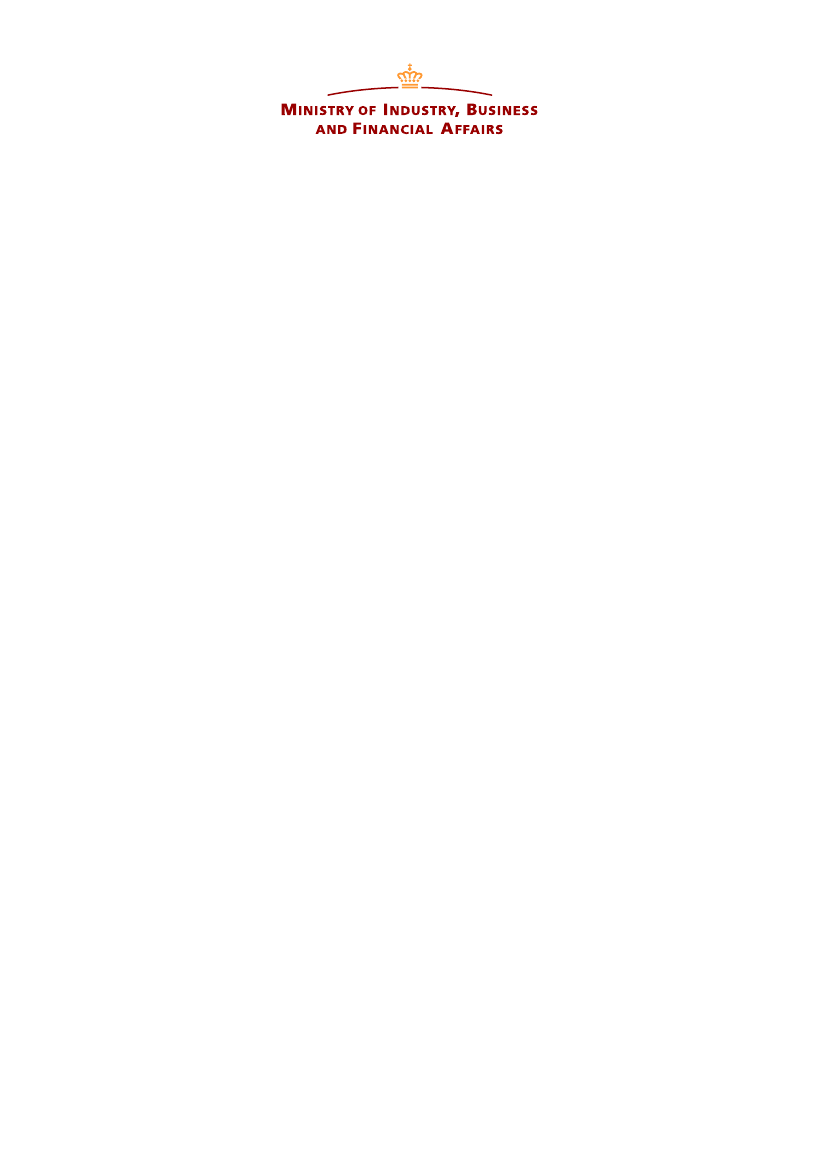
NOTAT
01 March 2022
2022 - 2345
otfruh
The Danish Government’s response to the public consultation on the
evaluation of the New Legislative Framework
General remarks
The Danish Government looks forward to the evaluation of the New Leg-
islative Framework (NLF). The NLF is still a vital tool that needs to be
updated in a technologically neutral way to continuously support the safety
and compliance of industrial products throughout their life-cycle. There-
fore, the Danish Government supports the ambition of the evaluation to
encompass the broader context of the performance of the NLF, in particular
the digital and green transitions as well as recent market trends.
The Danish Government notes that the digital and green transitions create
certain challenges for the general principles of the NLF. First, the emer-
gence of new digital and circular business models results in increased com-
plexity and makes it increasingly demanding for innovative businesses to
comply with the principle that products made available on the EU market
shall comply with all applicable legislation. This has many reasons, includ-
ing the gradual integration of goods and services and more frequent
changes to products post market placement that comes with the twin tran-
sitions. Second, the emergence of new economic operators in ecommerce
and refurbishment value chains has sparked legal uncertainty. The roles and
responsibilities of online marketplaces and remanufacturers should be ad-
dressed, and a “catch-all”-clause
could be considered to ensure that there
is always a responsible economic operator in the EU, even if new actors
emerge that are not listed in the NLF. The overall view of the Danish Gov-
ernment is that these developments can only be accommodated in the ex-
isting NLF to a small, unsatisfactory extent, despite the technology-neutral
approach.
Continuity of the basic principles of the NLF is a fundamental precondition
to EU’s competitiveness.
Therefore, it is vital that the evaluation analyses
both the needs and impacts of potential changes in as much depth as possi-
ble. On one hand, the basic principles must not be changed unnecessarily,
as they function well and because unnecessary changes would risk negative
impacts to effective compliance in all ecosystems concerned. Businesses
are already familiar with and recognise the basic principles. On the other
hand, it should be updated where necessary to achieve the twin transitions